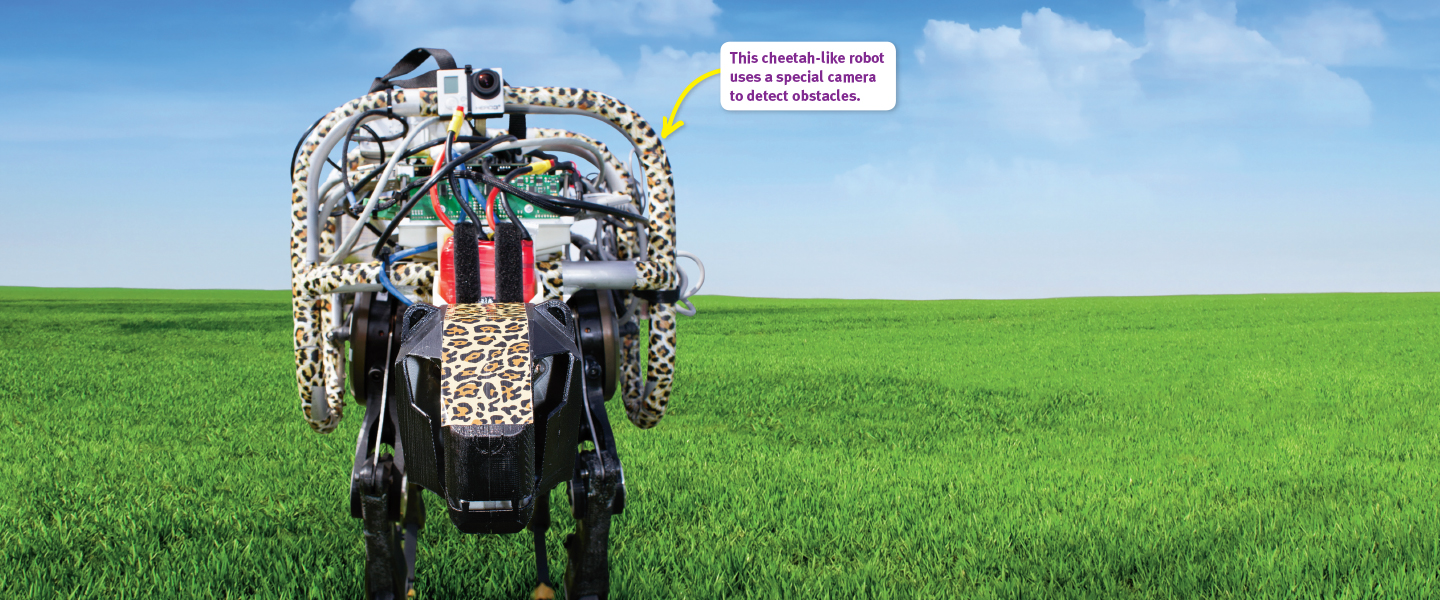A robot steps across the slick surface of a spacecraft. Another squeezes through the opening of an underwater cave. Engineers are hard at work developing machines that can do surprising things. But they didn’t come up with the ideas from scratch—they had some help from nature.
A robot steps across the slick surface of a spacecraft. Another squeezes through the opening of an underwater cave. Engineers are hard at work creating machines that can do surprising things. But they didn’t come up with the ideas from scratch. They had some help from nature.

